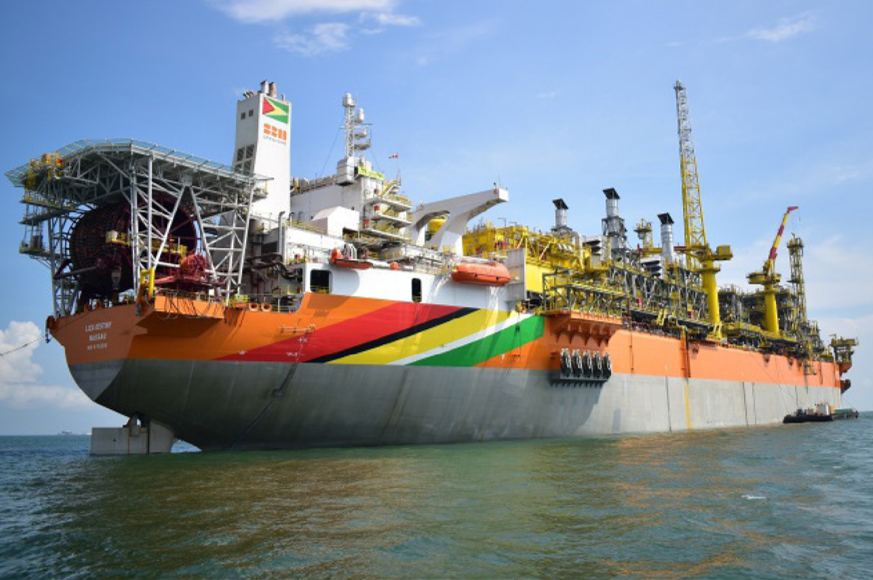
Why Guyana?
Guyana is one of the world’s last unexplored frontiers.
Guyana, a country the size of the UK with a population of just 750,000 on the north-east coast of South America, is dominated by tropical rainforests. They span more than 18.5 million hectares, covering over 85% of Guyana’s land surface and represent some of last high biodiversity natural landscapes in the world that remain intact.
Often overlooked in favour of the Amazon to the south, Guyana’s rainforests have been understudied for decades with the last national study of biodiversity conducted almost 30 years ago.
Along with Suriname, French Guiana and parts of Venezuela, Colombia and North Brazil, Guyana’s rainforests make up part of the Guiana Shield. This 130 million hectare stretch of rainforest, extending north from the Amazon, makes up arguably the most important contiguous biodiversity hotspot on the planet.
The Guiana Shield represents immense ecological importance, storing up to 18% of global freshwater supply and supporting over 13,000 vascular plant species, 1000 species of birds and fresh water fish, 250 amphibians, half of which are unique to the region, and over 280 species of mammals, with countless species yet to be discovered.
85%
Tropical rainforests still cover over 85% of Guyana. More than 18.5 million hectares.
5 billion
Guyana’s forests store an estimated 5 billion tons of carbon in aboveground biomass.
1800+
Guyana is home to over 1800 known species of birds, fish, amphibians, reptiles and mammals.
8.4%
Just 8.4% of Guyana is designated protected area. Short of the UN SDG target of 17%.
Guardian of the Amazon.
Guyana’s rainforests make up one of the most overlooked and under protected biodiversity hotspots on the planet. Recent research identified Guyana as one of the top 10 most biodiverse countries globally lacking protection.
They are also vital for climate stability. Research suggests losing less than a third of the Guiana Shield rainforest could raise temperatures in the Amazon by as much as 2 degrees Celsius and increase dry spells in much of the already under stress basin - potentially pushing it towards a catastrophic tipping point.
Limited deforestation.
Guyana is a high forest cover, low deforestation country with overall tree loss comparatively low at an average of less than 0.1% per year since 2000.
However mining and logging are present and drive over 90% of deforestation, much of it small-scale and illegal with the use of mercury, a toxic pollutant, still widespread. This has led to more than 220 thousand hectares of tree cover lost in the past 20 years.
Efforts such as REDD+ and Guyana’s national Low Carbon Development Strategy have sought to restrain forest loss and promote the value of rainforest standing.
Chart Source | Global Forest Watch, Hansen et al (2020)
Oil on the horizon.
In 2015 Guyana gained global attention when oil reserves were discovered off its coastline. Since then more offshore oil has been found in Guyana than anywhere else in the world. It is estimated that Guyana has the potential to produce 750,000 barrels per day by 2025.
This discovery comes as global efforts look to transition away from fossil fuels.
Oil and the oil industry is set to significantly alter Guyana’s economy and industrial outlook. The vast increases in available finance brought from oil could drive increased interest in extraction of other commodities, such as gold and timber, and put at threat Guyana’s rainforest and marine environments.
Indigenous rainforest stewards.
Indigenous peoples are estimated to safeguard 80% of the world’s remaining biodiversity. Indigenous peoples in Guyana have protected, worked with and studied their environment for thousands of years meaning Guyana is rare in its proportion of remaining in-tact rainforest and species richness.
Guyana has also piqued the interest of explorers, prospectors and documentary filmmakers throughout history. Walter Raleigh searched Guyana for the fabled golden city of El Dorado in 1595 and David Attenborough’s first ever book ‘Zoo Quest to Guiana’ was written in 1953 based on a three month trip in the country.
Sophia Point will work with those indigenous stewards and promote the Guyanese Attenborough’s of the future to marvel at, better understand, and better protect Guyana’s unique ecosystems.








